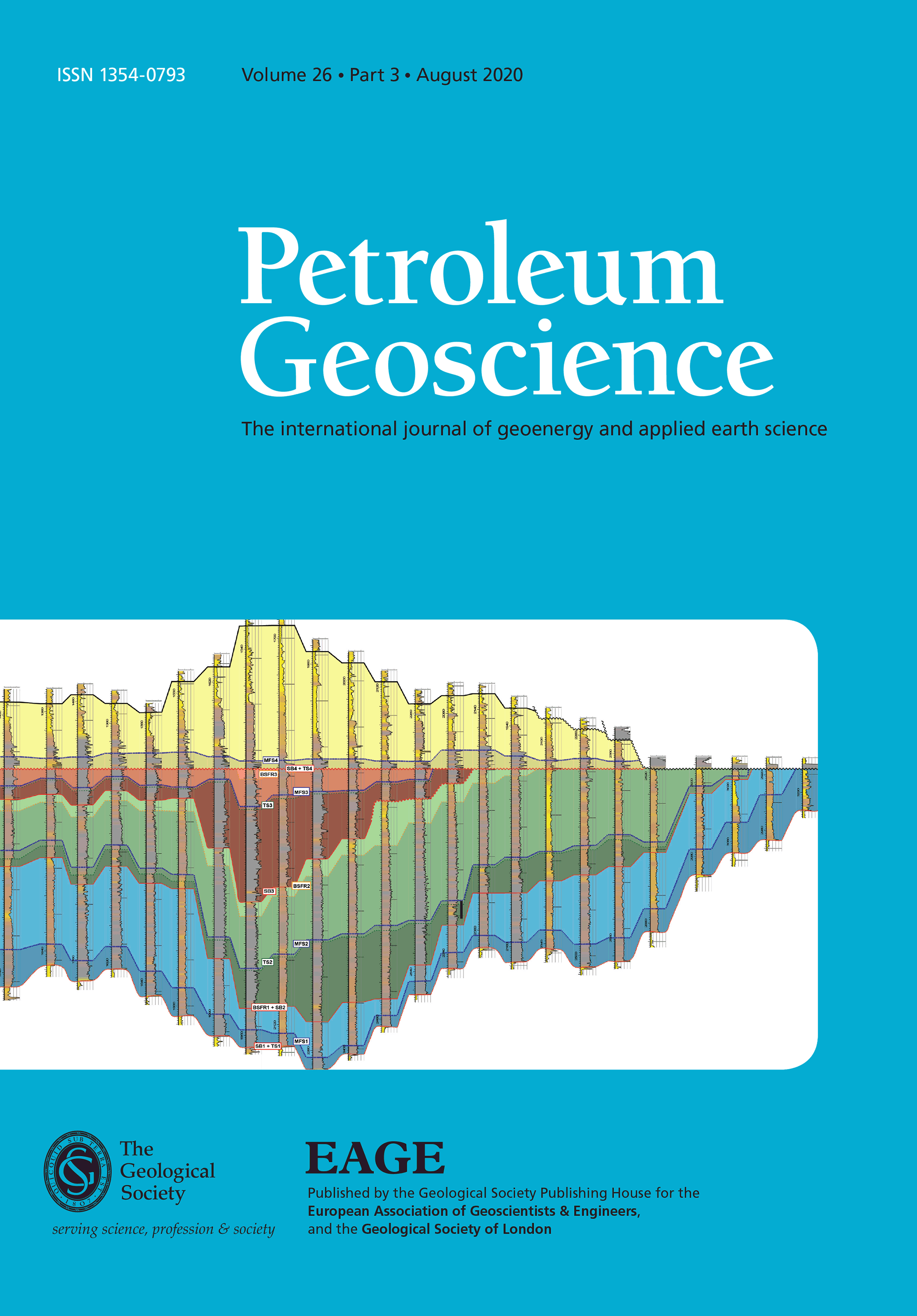
Full text loading...
The spatial geometry of microporosity influences fluid flow through chalk reservoirs and aquifers, and, hence, numerous geological processes. Analysing porosity is thus often critical in geological studies. Techniques such as mercury injection capillary pressure (MICP), nuclear magnetic resonance (NMR) and X-ray computed tomography (CT) are expensive, and hence often inapplicable to many geological studies, which often necessitate the analysis of large numbers (hundreds) of samples.
However, scanning electron microscopes (SEM) have become widely available, and SEM imagery analysis, therefore, is cheaper and faster. However, extracting meaningful porosity descriptors from SEM images can be difficult, in part because of the difficulty in digitally separating pores in laterally continuous pore networks. Moreover, mathematical morphology can be automated to collect porosity parameters from hundreds of images in a short time frame. The technique also quantifies the shape complexity of porosity. Considering the influence of pore geometry on fluid flow, the capacity of image analysis to deconstruct the pore network by pore shapes is crucial when building flow models. This study concludes that mathematical morphology constitutes an alternative to other techniques in geological studies of microporosity. Lithologies dominated by micro- and nanoporosity, such as shales and tight sandstones, could also benefit from this technique.

Article metrics loading...

Full text loading...
References


Data & Media loading...

